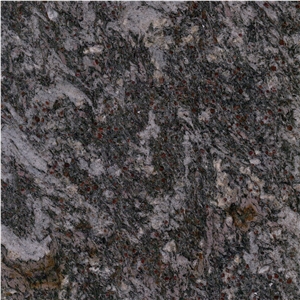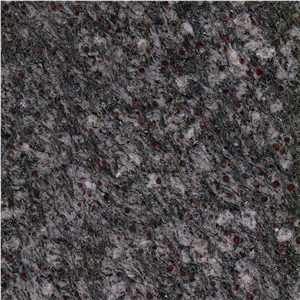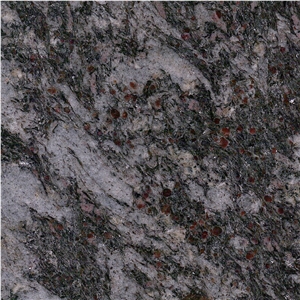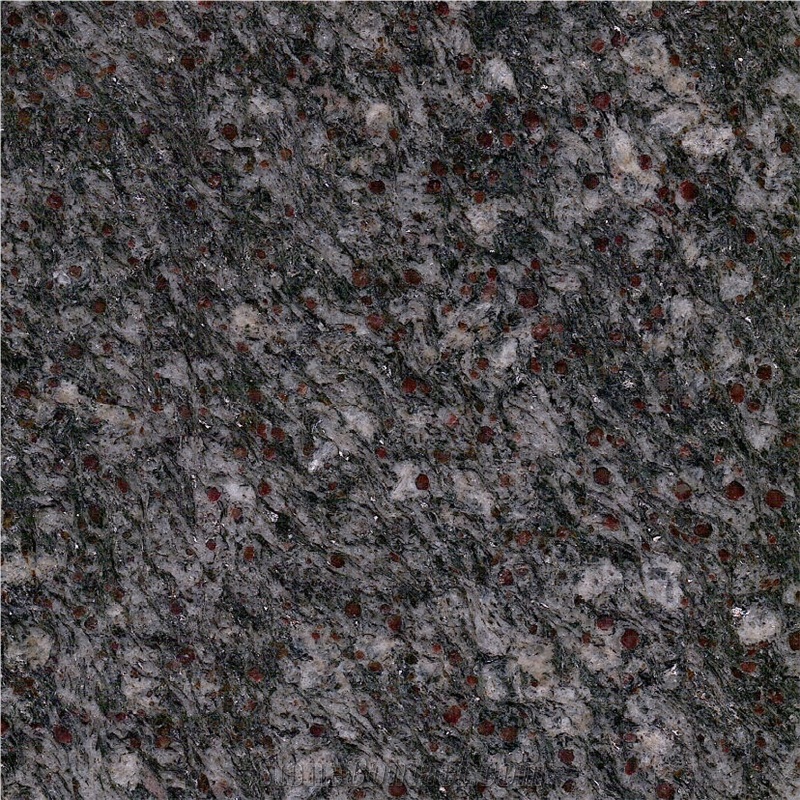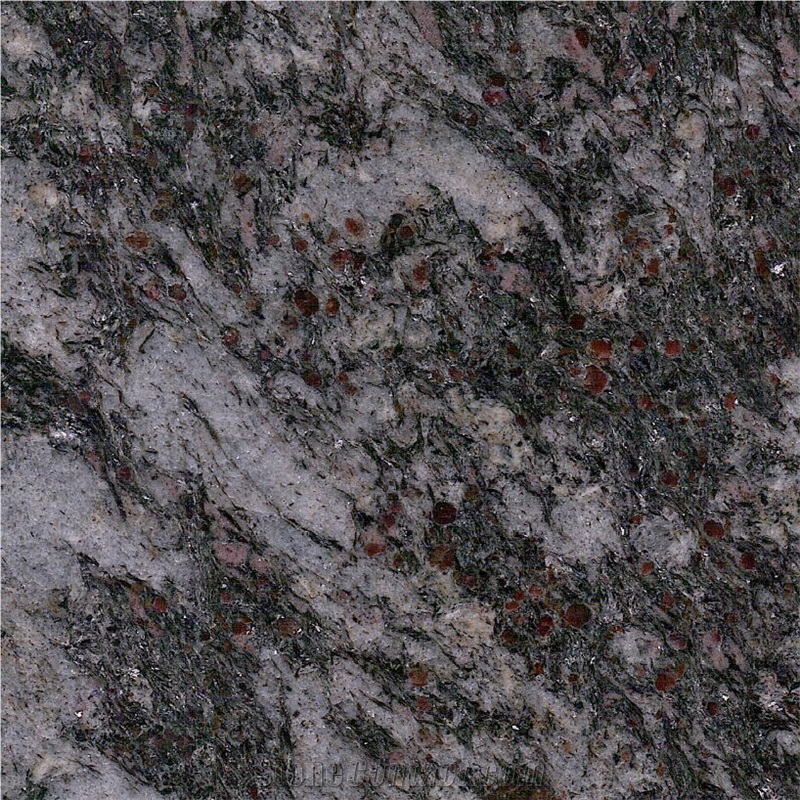Passeirer Gneiss
Order Now
About
Material Type: Gneiss
Origin: Italy
(Moos, Passeier Valley, South Tyrol, Trentino Alto-Adige )
Italy
(Moos, Passeier Valley, South Tyrol, Trentino Alto-Adige )
 Italy
(Moos, Passeier Valley, South Tyrol, Trentino Alto-Adige )
Italy
(Moos, Passeier Valley, South Tyrol, Trentino Alto-Adige )
Priamry Color(s): Multicolor
Recommended Usage:Countertops, monuments, mosaic, exterior - interior wall and floor applications, fountains, pool and wall capping, stairs, window sills
Finishing Surface:Polished, Sawn Cut, Sanded, Rockfaced, Sandblasted, Tumbled
Additional Names:Passeirer Silbergneis,Gneiss Della Val Passiria,Gneiss Passeier,Gneiss Val Passiria,Passeirer Gneis Granite,Naturstein Gneis Passeier,Passeier Garnet Gneiss,Passeirer Gneis Granat,Nero Silver Black Gneiss,Alps Glitter
Testing
Water Absorption:0.25 %
Density:2865 Kg/m3
Flexural Strength:8.5 MPa
Description
open porosity (%) 0,87
show more
hide
FAQ
Ask a Question

What is the coefficient of friction of Pickled Italy's Passeirer Gneiss tiles?
I cannot find the exact coefficient of friction of Pickled Italys Passeirer Gneiss tiles without additional information or research. However, the coefficient of friction can vary depending on factors such as the finish and texture of the tiles, as well as the surface on which they are installed. It is best to consult with the manufacturer or a professional to determine the specific coefficient of friction for these tiles in the intended installation area.
show more
hide

Can Italy's Passeirer Gneiss be used exterior applications in very humid climates?
The Passeirer Gneiss, also known as the Passeiertal Gneiss, is a natural stone quarried in the Passeier Valley of South Tyrol, Italy. It is a metamorphic rock with a characteristic appearance and durability, making it suitable for various applications, including exterior use.
In terms of using Passeirer Gneiss in very humid climates, it can be a viable choice. Natural stones, including gneiss, generally have good resistance to moisture and humidity. However, there are a few factors to consider:
1. Porosity: While Passeirer Gneiss is generally not highly porous, different batches and variations within the stone can have different porosity levels. Higher porosity can make the stone more prone to absorbing moisture, leading to potential issues with expansion, discoloration, or damage over time. Its advisable to select a less porous variation of the stone for exterior applications in very humid climates.
2. Surface treatment: Applying a suitable surface treatment, such as sealants or coatings, can enhance the stones resistance to humidity and decrease its porosity. This protective layer helps prevent moisture absorption and potential damage. Regular maintenance and reapplication of the treatment may be necessary to maintain its effectiveness.
3. Installation: Proper installation techniques are crucial for any exterior application, especially in humid climates. Adequate drainage systems, proper backer materials, and correct sealing of joints are important to ensure water does not penetrate the stone or accumulate behind it. Following the manufacturers guidelines and consulting with a professional installer are recommended.
Its also worth noting that while Passeirer Gneiss can be suitable for exterior applications in very humid climates, periodic cleaning and maintenance will help preserve its appearance and longevity. Regularly removing any accumulated dirt, algae, or mildew and addressing any issues promptly can help ensure the stone continues to perform well in a humid environment.
show more
hide

What grade is Italy's Passeirer Gneiss?
The Passeirer Gneiss located in Italy is classified as a Precambrian rock formation. It does not have a specific grade, as grades are typically assigned to sedimentary rocks based on their composition, grain size, and other factors.
show more
hide

How thick is Italy's Passeirer Gneiss slabs?
The thickness of Italys Passeirer Gneiss slabs can vary based on where they are mined and cut. However, on average, the slabs are typically available in thicknesses ranging from 2 centimeters to 3 centimeters.
show more
hide

Can Italy's Passeirer Gneiss be used outdoors?
Yes, Italys Passeirer Gneiss can be used outdoors. Passeirer Gneiss is a type of gneiss rock that is known for its durability and resistance against weathering. It is commonly used in outdoor applications such as landscaping, paving, cladding, and as a building material for exterior walls and facades. Its natural beauty, strength, and natural resistance to weathering make it suitable for various outdoor projects.
show more
hide

Can Italy's Passeirer Gneiss be used in landscaping?
Yes, Italys Passeirer Gneiss can be used in landscaping. Passeirer Gneiss is a durable and attractive natural stone, predominantly used as a building material for construction and decoration purposes. It features a mix of gray, white, and pink tones, lending a unique and appealing look to any landscape design. It can be employed in various landscaping applications such as pathways, retaining walls, outdoor sculptures, or as decorative elements in gardens.
show more
hide

Are there color variations of Italy's Passeirer Gneiss?
Yes, there are variations in color of Italys Passeirer Gneiss, depending on the location and geological history of the rock formation. The most common colors of Passeirer Gneiss are gray, white, and pink, with darker patches of black or green. However, some variations can also have shades of orange or yellow due to the presence of iron oxide.
show more
hide

Is Italy's Passeirer Gneiss an expensive stone?
I do not have access to the latest market prices of stones. However, it is worth noting that the prices of natural stones like Passeirer Gneiss can vary depending on factors such as the rarity of the stone, the quality of the cut, and the location of the supplier. It is always best to check with reputable stone suppliers for the current market prices of Passeirer Gneiss and other types of stones.
show more
hide

Can Italy's Passeirer Gneiss be used in a dining room?
Yes, Italys Passeirer Gneiss can be used in a dining room. Passeirer Gneiss is a type of natural stone that is known for its durability and unique aesthetics. It is a popular choice for kitchen countertops, flooring, and other interior applications. Its elegant and timeless appearance can add a touch of sophistication to any dining room. Additionally, the durability of Passeirer Gneiss makes it suitable for high-traffic areas like dining rooms, where it can withstand spills, heat, and everyday use.
show more
hide
Product & Prices
Post Your Request
*From:
*Request:
The request includes: 1. surface finished, size 2. quantity required
Send






